Ronaldo Nazario de Lima amazed the world, and more than earned his nickname of 'O Fenomeno' as he assured his place in football's hall of fame. He is one of the greatest No. 9s in Brazilian history, and holds the title of second-highest World Cup scorer of all time after travelling to no less than four competitions.
The World Cup; the Confederations Cup; the Copa America; La Liga: all feature amongst the now-retired striker's trophy collection. If one takes his individual prizes into account, the list would grow even longer.
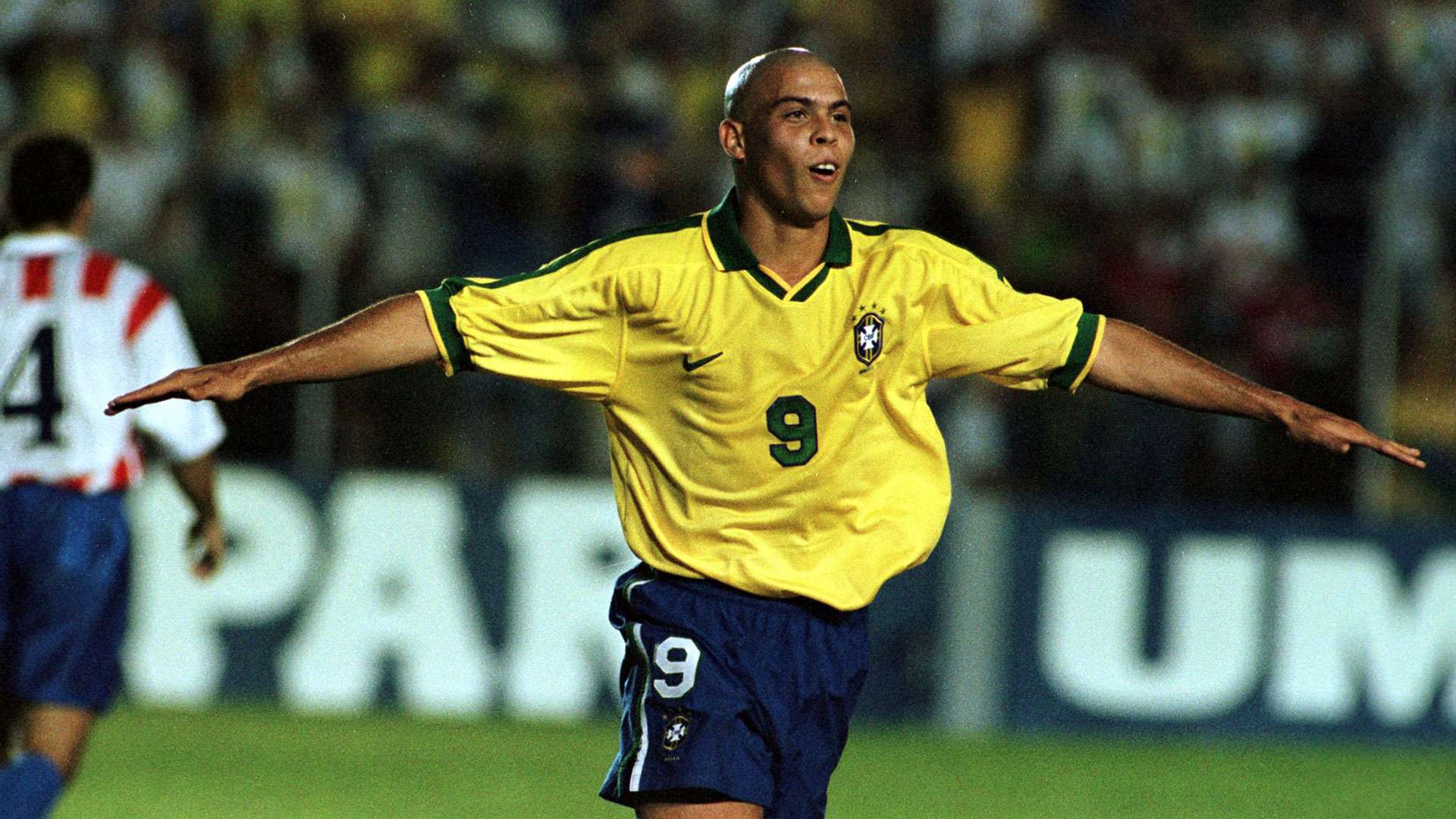 Getty Images
Getty ImagesRonaldo was chosen as the best player in the world on three occasions, in 1996, 1997 and 2002. He also picked up seven top-scorer awards, in tournaments as varied as the Copa Libertadores, La Liga, the Copa America and the World Cup.
But all of those achievements seem almost insufficient bearing in mind the promise of the superstar when he was taking his first steps in the world of football. Strong and rapid, he drove defenders mad with his skills and at just 25 he scored eight goals in a single World Cup: two of them in a spectacular final to down Germany. It is even more impressive considering that O Fenomeno was returning from two years of inactivity following a serious knee injury.
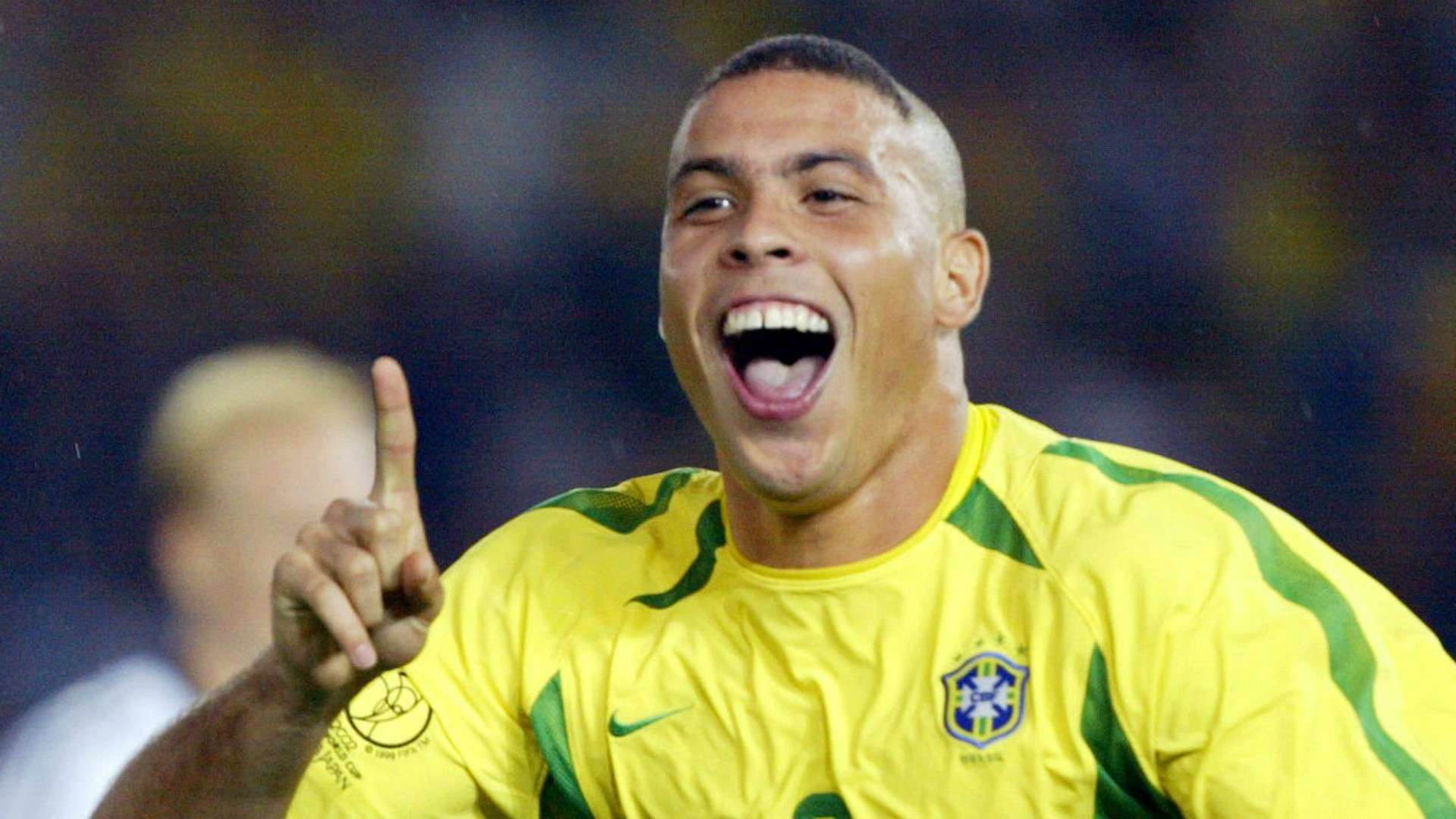 Getty Images
Getty ImagesAt Barcelona Ronaldo smashed 47 goals in 49 games, surpassing the records of legends like Romario and Johan Cruyff. Not satisfied with being Catalunya's prime hitman, Ronaldo went on to do the same at Inter, inspiring the Italian giants to the UEFA Cup.
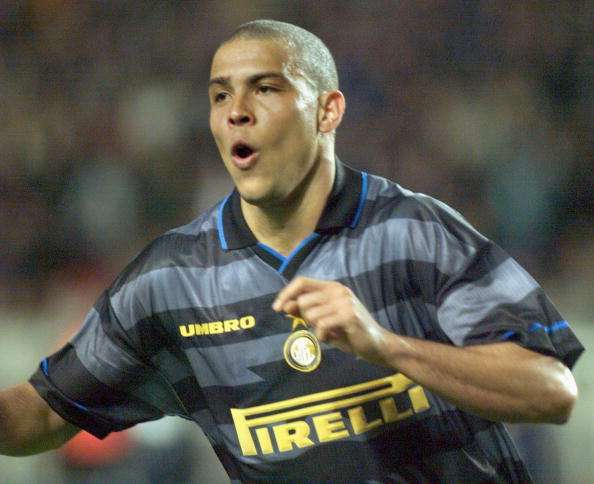 Getty Images
Getty ImagesRonaldo's career path brought one great surprise. He joined the ranks of Real Madrid's Galacticos and won over one of the most demanding supports in the world, even with the added handicap of having shined for their bitter rivals. At the Santiago Bernabeu Ronaldo overcame the initial doubts, gained the affection of the stands and is remembered fondly by the Blancos.
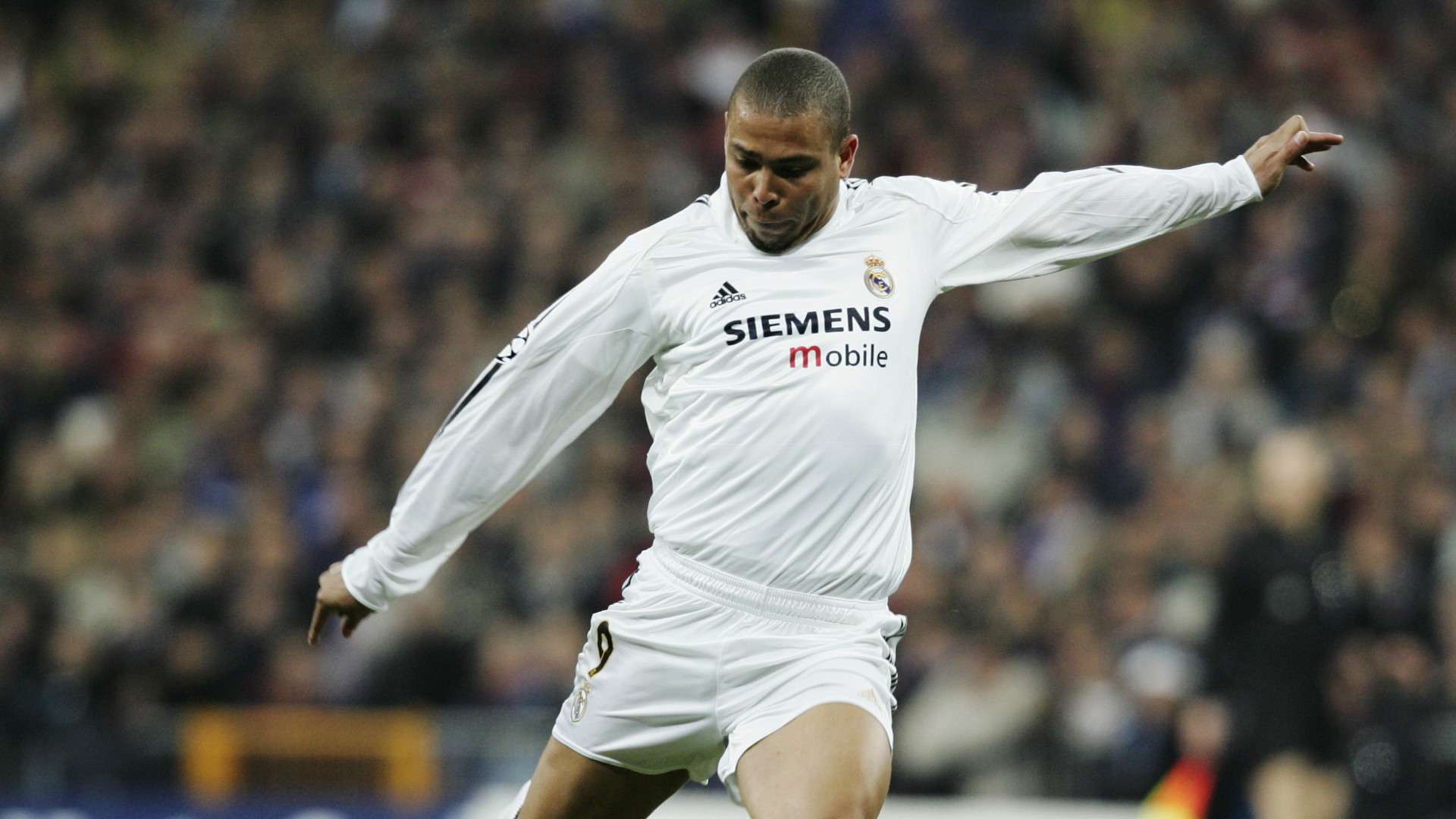 Ross Kinnaird/Getty
Ross Kinnaird/GettyAmongst so many goals and memorable moments, however, one question remains unanswered. Could the superstar have been even better without the chronic injuries that dogged him? The first appeared at the dawn of his career, back in 1995 when he was just 19.
A scan showed inflammation in both knees and damaged cartilage in the right joint. His most serious injury came in the 1999-2000, when a snapped tendon forced him out for five long months.
After his recovery, the No. 9 suffered another devastating setback when in his first game back he suffered a complete rupture of the tendon in his knee. The image went around the world via television, and was embedded in supporters' memories. That injury kept the Inter forward out for another 15 months.
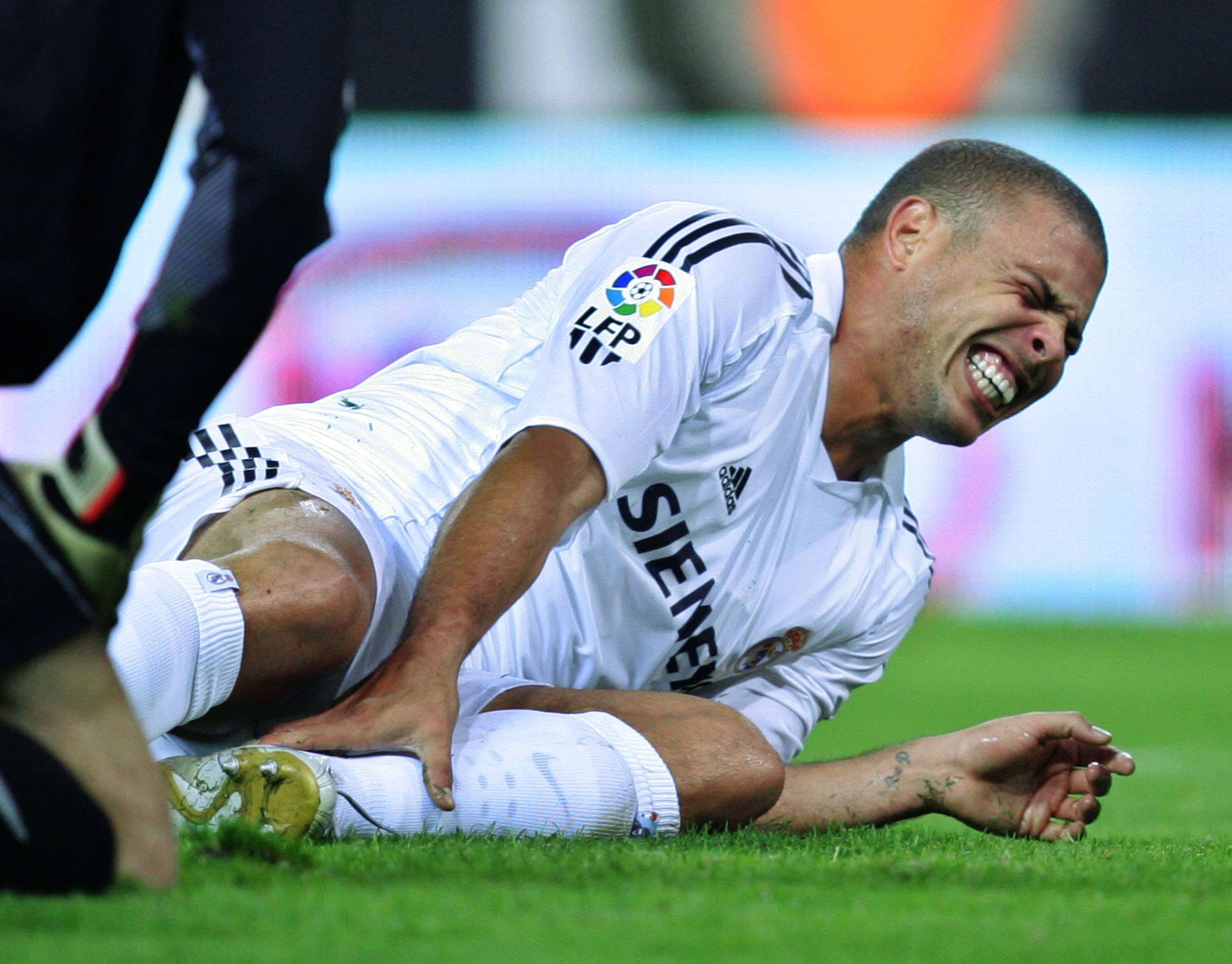
From that point onwards Ronaldo was forced to live in constant pain, often missing games to recover. In total he missed almost three years of play due to injury, and finally hung up his boots at 34.
But even with all those serious problems, O Fenomeno enthralled the world and carved out a deserved place in history as one of the best ever to take the pitch. If it were not for injuries, more goals and more titles would surely have come.
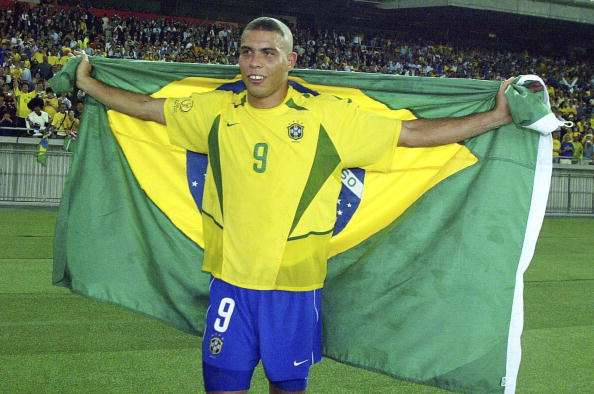 Getty Images
Getty ImagesBut the injuries also helped him become the person he is today: a man that overcame those difficulties, who after more than a year out of the game returned as a king to deliver the World Cup and be chosen once more as the world's best player. It was a comeback worthy of Hollywood.

The star also helped transform the role of the centre-forward in modern football. He brought together skill, strength and speed in a way few had previously, ending the idea that a No. 9 was tasked merely with hanging off the defence and putting the ball into the net.
Other great Ronaldos would come, such as his 2002 partner in crime Ronaldinho and the Portuguese Cristiano Ronaldo. But both of those owe a great debt to the original R9, who left his example for the world and influenced the pair more than even they could imagine.
Article continues below
